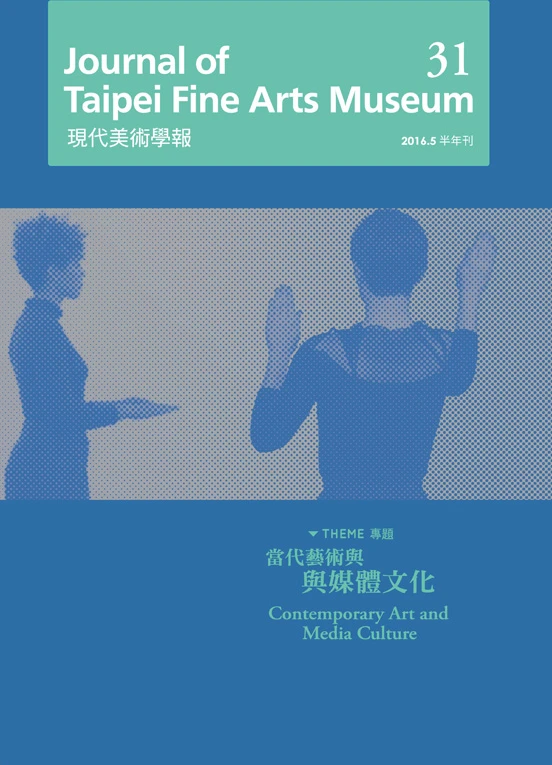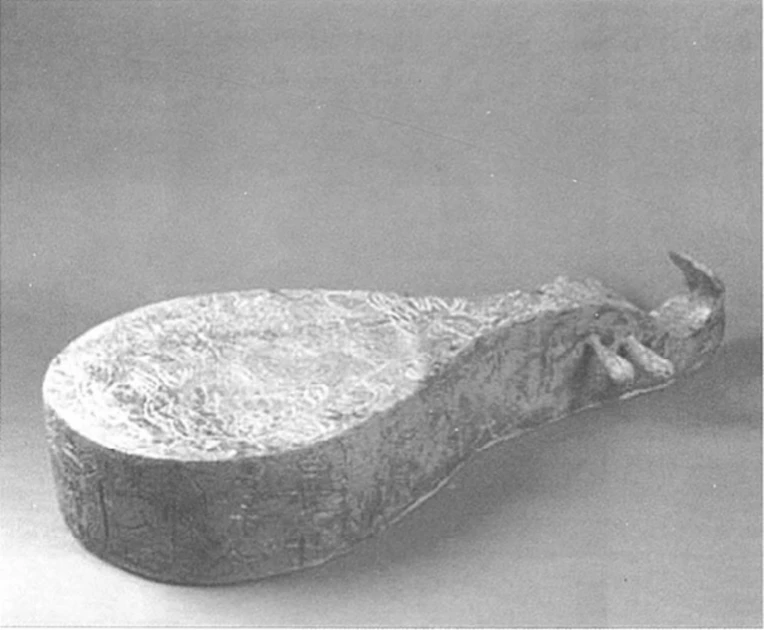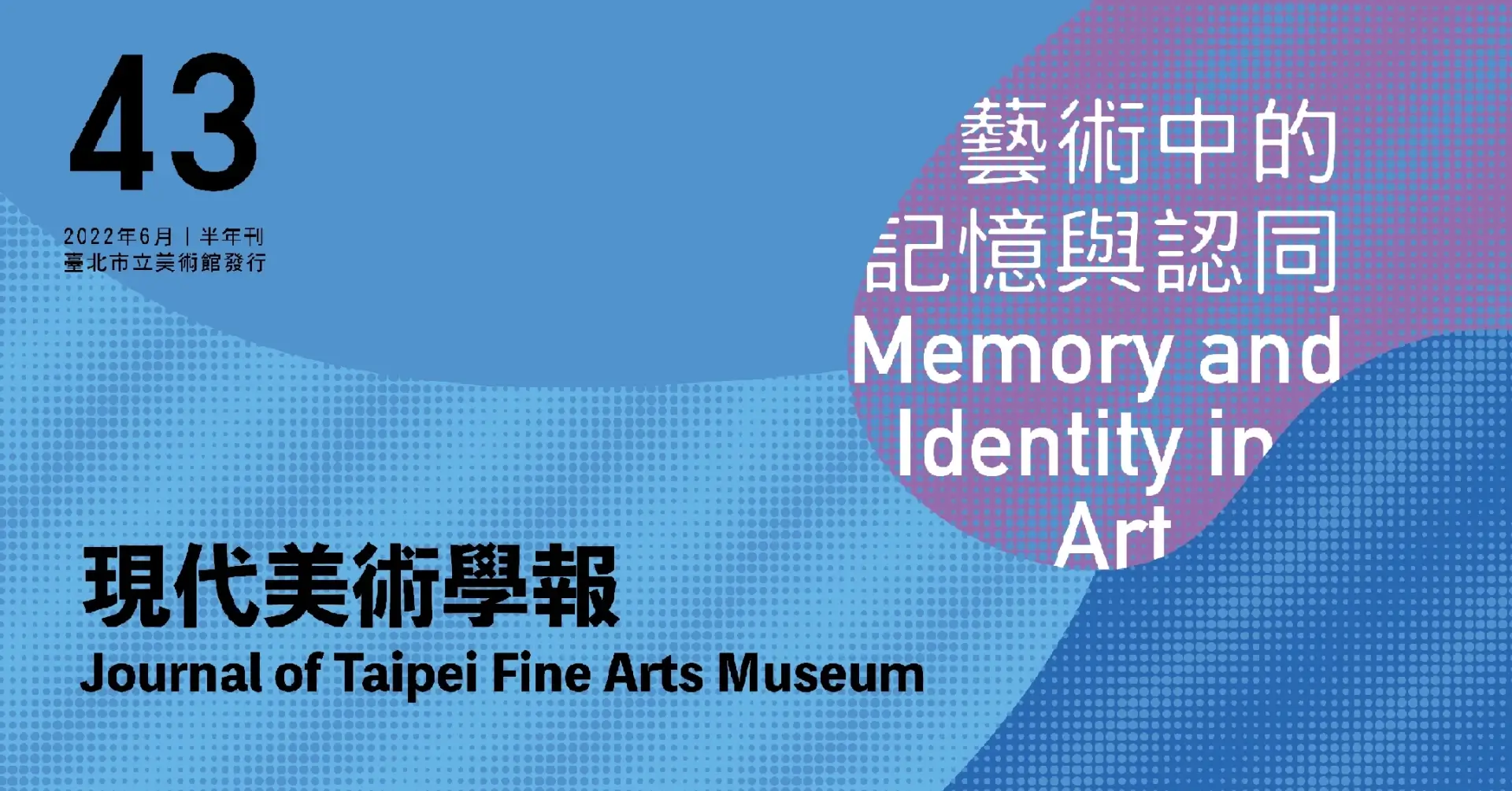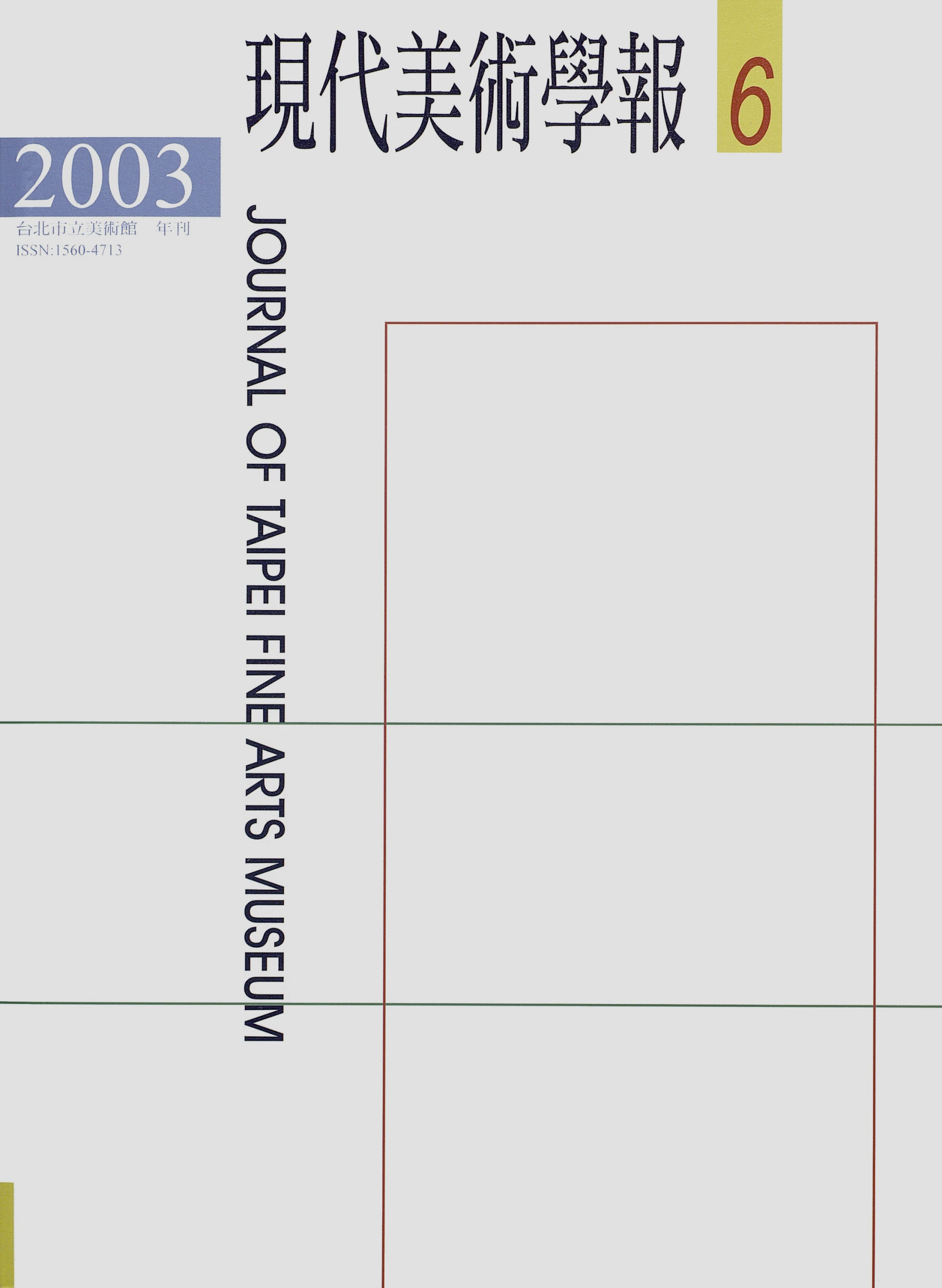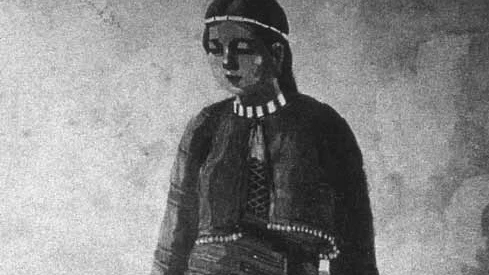摘要
女性創作者有自我定義主體的能動性,能夠自我賦權(empowerment),但問題在於:如何觀看這些為自我認同而發聲的創作?在後殖民女性主義(post-colonial feminism)與跨國女性研究(transnational women's studies)的思考框架下,本文企圖重新檢視墨西哥芙烈達‧卡蘿(Frida Kahlo, 1907-1954)、中國的潘玉良(1895-1977),以及伊朗雪琳‧娜霞(Shirin Neshat, 1957-)三位藝術家的作品為論述實踐的文本,透過自畫像(self-portrait)與自拍攝影(self-representation photograph)的自我再現,探討在跨國/族裔情境下的女性藝術家,如何藉由視覺文化(visual culture)的創作,將自身的邊緣處境,轉化成對自我性別、族裔、階級等身分的認同。並以此回應史畢娃克(Gayatri Chakravorty Spivak)的提問:「底層人民能發聲嗎?」,進而思考「誰能代言?」「說些什麼?」「代替誰發言?」等耐人尋味的問題,反省知識論述體系下的再現(re-presentation)議題。
關鍵詞
跨國/族裔,再現,自畫像,自拍像
Abstract
Female artists have the capabilities to define their own subjects actively and to give themselves their own empowerment, but there is still a question posed by female art: how do we view/interprete these women's artworks about self-identity & selfrepresentation? This article attempts giving a new definition of the female works of the Mexico artist Frida Kahlo (1907-1954), the Chinese artist Pan, Yu-Liang (1895-1977), and the Iranian artist Shirin Neshat (1957-) with post-colonial feminist theories and transnational women's studies.
Through their self-portraits and self-representative photographs, their works address how to transform the gender/ethnicity/class-based marginalized self into an other identity by means of the creation of visual works of art. This thesis responds to Gayatri Chakravorty Spivak's question "Can the Subaltern Speak?", and considers further "who can represent?" "what could be said?" and "who can we speak for?" which focuses on the subject rendered under an epistemic system of re-presentation.
Keywords
transnational/cross-ethnic studies, identity politics, re-presentation, self-portrait, self-representation photograph

